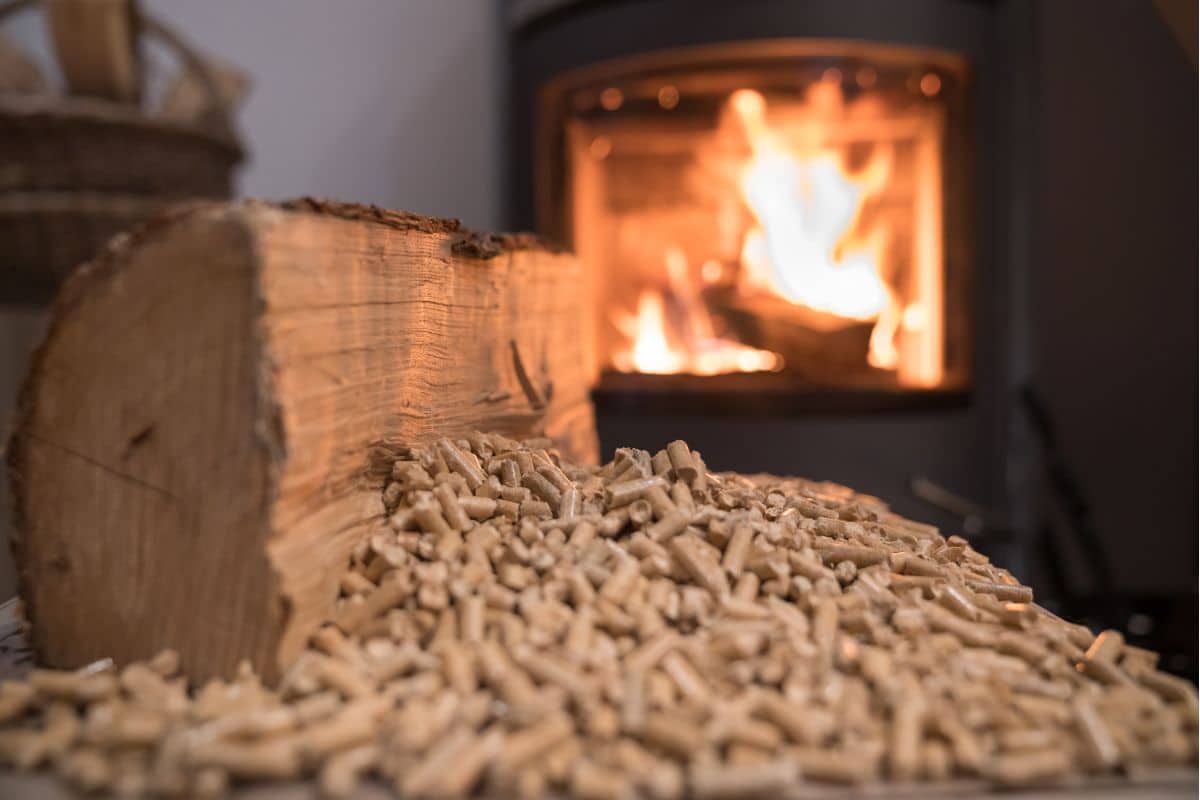Europe Wood Pellet Market: Fueling the Region's Green Energy Future

The Europe wood pellet market is rapidly expanding as the region transitions toward cleaner and more sustainable energy sources. Known for their low carbon footprint and high energy efficiency, wood pellets have become a preferred biomass solution for heating and power generation. According to recent data, the Europe wood pellet market size was valued at US$ 8,285.21 million in 2021 and is projected to reach US$ 18,206.29 million by 2028, growing at a CAGR of 11.9% from 2021 to 2028.
Market Overview
Wood pellets are biofuels made from compressed organic matter, primarily sawdust and other wood waste. In Europe, they are extensively used in residential heating systems, commercial heating, and industrial power generation, including co-firing in coal plants. The growth of the Europe wood pellet market is largely driven by stringent carbon regulations, energy diversification policies, Commercial Heating and increasing public awareness of environmental sustainability.
Key Market Highlights:
2021 market size: US$ 8.29 billion
2028 projected size: US$ 18.21 billion
CAGR (2021–2028): 11.9%
Major consumers: Germany, Italy, France, Austria, and the UK
Drivers of Market Growth
1. Decarbonization Policies
EU directives such as the European Green Deal and Renewable Energy Directive (RED II) are pushing for a climate-neutral continent by 2050. These frameworks incentivize the use of biomass, including wood pellets, in energy and heat generation.
2. Rising Demand for Residential Heating
Countries in colder regions, especially in Northern and Central Europe, are increasingly switching to wood pellet stoves and boilers for home heating. Residential heating remains one of the largest end-use segments, contributing significantly to market volume.
3. Renewable Energy Incentives
Government subsidies, feed-in tariffs, and rebate programs make it cost-effective for households and industries to adopt wood pellet heating systems. These incentives reduce the payback period and promote long-term usage.
4. Abundant Raw Material Supply
Europe's extensive forest cover and advanced wood processing industries ensure a consistent supply of raw materials like sawdust and wood chips, which are crucial for pellet production.
Market Segmentation
By Application
Residential Heating: Dominates due to rising adoption of pellet stoves and boilers.
Commercial and Institutional Heating: Used in schools, government buildings, and businesses.
Industrial Power Generation: Wood pellets are used for co-firing with coalin power plants to lower emissions.
By Country
Germany: The largest market with high consumption in both residential and industrial sectors.
Italy: Strong residential usage, supported by eco-bonus schemes.
France: Increasing adoption of pellet-based central heating systems.
Austria & Scandinavia: Highly mature markets with eco-conscious consumers.
United Kingdom: Using imported wood pellets for power generation (e.g., Drax Power Station).
Trends Shaping the Europe Wood Pellet Market
1. Composite and Softwood Pellets
Softwood pellets are gaining popularity due to higher calorific value. Composite pellet formulations that include agricultural residues are also being explored.
2. Import & Export Dynamics
While Europe produces a substantial amount of pellets domestically, countries like the UK and the Netherlands import large volumes from the U.S., Canada, and Eastern Europe to meet demand.
3. Technological Advancements
Automation in pellet manufacturing, moisture control systems, and packaging innovations are enhancing operational efficiency.
4. Sustainability Certification
Schemes like ENplus, FSC, and PEFC ensure pellet sustainability and traceability, making them more acceptable in eco-sensitive regions.
Challenges
While the Europe wood pellet market is growing swiftly, it faces a few constraints:
Raw Material Price Volatility: Fluctuations in timber and sawdust prices can impact production costs.
Logistical Barriers: Cross-border trade involves high transportation costs and regulatory compliance.
Environmental Concerns: Though renewable, over-reliance on wood pellets could stress forest ecosystems if not sustainably managed.
Future Outlook
The Europe wood pellet market is expected to witness significant investments in pellet mills and R&D over the next few years. Innovations in pellet quality, combined with expanding use cases like district heating and off-grid electrification, will further bolster growth.
With governments, industries, and households embracing renewable energy at scale, wood pellets are poised to become a mainstay of Europe’s energy mix. The continued integration of biomass into national energy strategies ensures that the market outlook remains positive and robust through 2028 and beyond.
Short FAQs on the Europe Wood Pellet Market
What is the Europe wood pellet market size in 2021?
US$ 8,285.21 million
What is the expected market size by 2028?
US$ 18,206.29 million
What is the growth rate (CAGR) from 2021 to 2028?
11.9%
Which country leads the Europe wood pellet market?
Germany
What is the main application segment?
Residential heating



Comments
Post a Comment